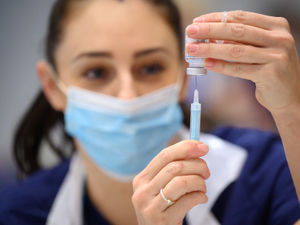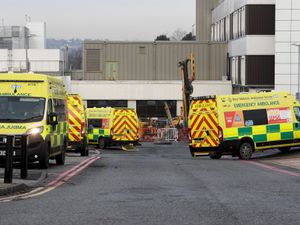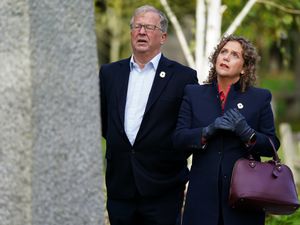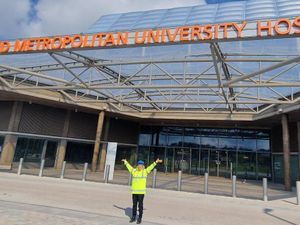Latest Covid figures: Putting Plan B behind us as we learn to live with it
Plan B is being dismantled as infection rates suggest a hasty exit for Omicron.
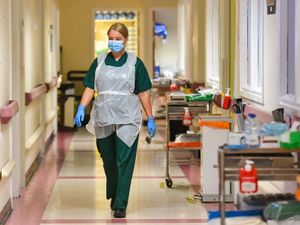
Infection levels across the West Midlands remain among the highest in the country. But they have fallen dramatically in a week and hospitals, while under pressure, are not at the crisis levels some had predicted.
Boris Johnson said now was the time to relax measures, with the lifting of Plan B restrictions by the end of next week. He dismissed claims that the decision to lift Plan B now was politically-motivated, saying it was his good judgement that had allowed England to remain open throughout Christmas and the New Year.
New figures show that all 377 local areas in the UK have seen a week-on-week fall.
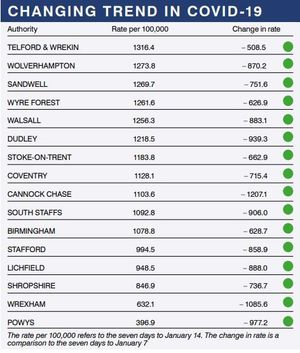
In the West Midlands, Telford & Wrekin has the highest rate per 100,000, although its rate has dropped by more than a third. In some areas, like Cannock Chase, rates have more than halved. South Tyneside has the highest rate in the UK, at 1,671.4 per 100,000 people, but falling.
A separate study carried out by the Office for National Statistics (ONS), using random swabs from households, also suggests the peak of the latest wave of coronavirus may have passed. It says England, Scotland and Wales all recorded a drop last week in the number of people in private households estimated to have Covid-19, according to the ONS. Northern Ireland is estimated to have seen a small rise in infections, though the ONS described the trend as “uncertain”. It says north east England is now the worst affected, with one in 10 testing positive. In England the figure is one in 20 and in Wales one in 25.
All four nations saw a record level of infections in the first week of the year, as the Omicron variant continued to drive a surge in the virus. The latest figures suggest Covid-19 is no longer as prevalent.
The study figures estimated every week by the ONS, are seen as a most reliable guide to the real level of coronavirus across the country because it also includes those who may have the virus but are unaware.
It is based on a sample of swab tests collected from households across the UK.
By contrast, the number of cases of Covid-19 reported each day by the Government is limited only to those people who have newly tested positive for the virus, and is therefore affected by how many people are coming forward for tests, those who have reported their test results, or who are taking a test because they know they have coronavirus symptoms.
The latest ONS figures show that an estimated one in 20 people in private households in England are likely to have had Covid-19 in the week to January 15, or around 3.0 million people – down from a record 3.7 million in the week to January 6. In Wales the estimate is one in 25, or 112,100 people, down from 169,100.
In Scotland, around one in 20 is estimated to have had Covid-19 last week, or 236,600 people, down from 297,400.
For Northern Ireland the latest figure is also one in 20, but the estimate for the number of people testing positive is up slightly from 99,200 to 104,300, with the ONS describing the trend as “uncertain”.
Covid-19 infections have fallen in all regions of England except the north-east and south-west, where the trend is uncertain, the ONS said.
In north east England, around one in 10 people was likely to test positive for Covid-19 in the week to January 15 - the highest estimate for any region.
South west England had the lowest rate, at around one in 25.
How will the lifting of rules affect our lives?
Boris Johnson has confirmed that the Plan B restrictions will be torn up from next week. This is what the decision means:
People are no longer asked to work from home, starting immediately
Compulsory Covid passes for large venues will be axed from Thursday, January 27
People will also no longer need to wear masks in shops and on public transport from January 26
Masks remain “advisable” in enclosed or crowded places, particularly with people you don’t normally meet
Face masks will no longer be needed in school classrooms, with immediate effect
Advice for masks to be worn in communal school areas will be removed “shortly”.

